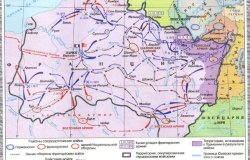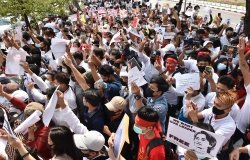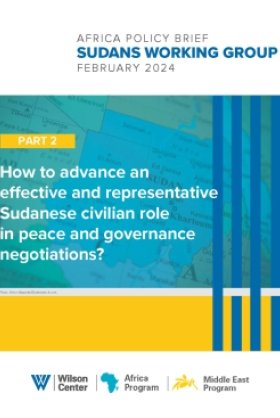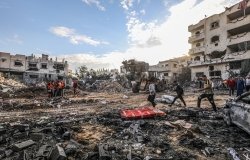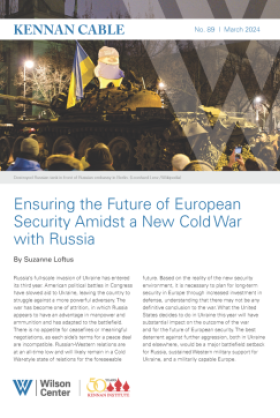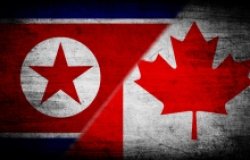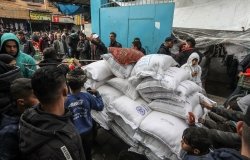Global Violence and Health: The Connections and Costs
Etienne Krug of the World Health Organization presents WHO's new "World Report on Violence and Health," which details why violence is a major public-health problem and outlines how public policies can address its causes.
Overview
Violence—-homicide, suicide, and war—-kills as many people annually around the world as malaria or tuberculosis. Yet governments and international organizations have only recently recognized violence as a public-health issue and have largely failed to bring resources to bear against it.
In this Wilson Center meeting co-sponsored by the Center's Conflict Prevention Project and its Environmental Change and Security Project, Etienne Krug of the World Health Organization (WHO) presented WHO's new "World Report on Violence and Health"—-a publication that details why violence is a major public-health problem and outlines how public policies can address its causes.
Violence: Links Across Categories
Krug, a Belgian physician who worked at Doctors Without Borders and the Centers for Disease Control before becoming director of WHO's Injuries and Violence Prevention Program, defined violence broadly as "the intentional use of physical force or power, threatened or actual, against oneself, another person, or against a group or community that either results in or has a high likelihood of resulting in injury, death, psychological harm, maldevelopment or deprivation."
The WHO report names three categories of violence (self-directed, interpersonal, and collective), but Krug said that it is equally important to understand the links among these types.
"Being a childhood victim of sexual abuse or domestic violence can result in an adult predisposed to such violence," said Krug. "Suicide rates increase after wars. And war creates a culture of violence that persists after the fighting stops."
Krug argued for an ecological view of violence that nests and links scales of violence from the personal to the societal. And he added that all types of violence are linked by common risk factors such as alcohol and substance abuse, availability of firearms, and various inequalities.
The Toll: 1.6 Million Annually
Krug then gave the long view of global violence, which kills 1.6 million annually--50 percent through suicide, 33 percent homicide, and nearly 20 percent as a consequence of war. But Krug said that there is still very little data on non-fatal violence, and that an enormous amount of violence--particularly against women, sexual abuse and rape, and abuse of the elderly--remains unreported.
All violence, he added, has deep consequences both for health and economics, with decreases in productivity and increases in medical costs, behavioral changes, and susceptibility to sexually transmitted diseases among its many effects.
Yet Krug flatly stated that the vast majority of anti-violence programs are either not being evaluated or show no effect whatsoever. A comprehensive, anti-violence policy, he said, would include such priorities as teaching young individuals social and vocational skills, strengthening parenting programs and family therapy, reducing alcohol availability, improving elder care and trauma care access, and reducing poverty and inequality.
Krug also said that the public-health sector must beef up its contribution to violence reduction through better data collection and research as well as advocacy work and the strengthening of services.
WHO has been pleased, Krug noted, with national responses thus far to "World Report on Violence and Health": 30 countries have requested presentations of the document, and several countries are using it as a model for their own reports. But the number of nations with anti-violence policies remains tiny, and Krug bemoaned the lack of continuing press or foundation attention to the report, which was published last November.
"The whole field [of violence prevention] is extremely underresourced," Krug said. "Much more money goes to malaria and TB prevention than violence. Violence deserves as much as these other sectors."
Drafted by Robert Lalasz.
Speaker
Hosted By

Environmental Change and Security Program
The Environmental Change and Security Program (ECSP) explores the connections between environmental change, health, and population dynamics and their links to conflict, human insecurity, and foreign policy. Read more
Thank you for your interest in this event. Please send any feedback or questions to our Events staff.
